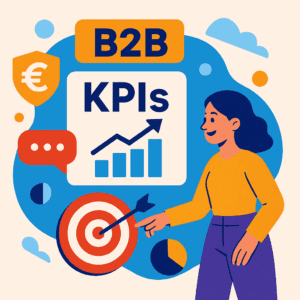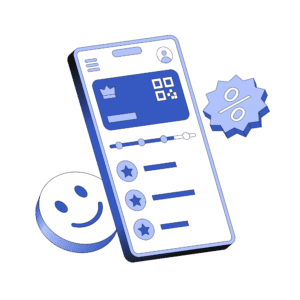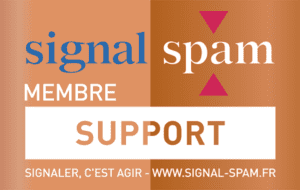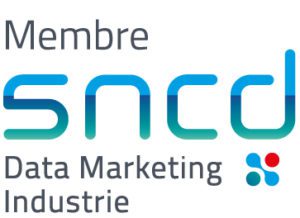In the world of email marketing, the subject line has become an essential lever for capturing subscribers’ attention and encouraging them to open a message. A well-formulated subject line can increase open rates, clicks, conversions and engagement. How do you design a subject line that attracts interest, stands out in the inbox and produces results? Here is some advice from Mathieu JAULIN, emailing expert and founder of blogdudigital.fr.
The importance of the subject line: A decisive factor for your campaigns
The subject line is the first impression you leave. Even before discovering the content, subscribers need to be intrigued by the subject line to open the email. Too often neglected, it must arouse curiosity and provoke immediate action. It’s also essential to adapt it to different platforms. For example, if the subject line is too long, it may be truncated, reducing its impact. The aim is to avoid the email going straight to the trash garbage can unopened. The subject line is therefore the first step towards a satisfactory open rate and an opportunity to maximize subscriber engagement.
Best practices for writing powerful subject lines
Writing attention-grabbing copy requires careful thought and is based on a few key principles:
- Knowing your audience : Understanding who your audience is is imperative. Each subscriber segment has specific expectations. A segment reactive to promotions will respond to an object focused on discounts, while another segment prefers information or news.
- Clear and concise A clear, direct subject line should not exceed ten words. For example, “-30% off our new collection this week” is short, direct and emphasizes the benefit.
- Efficient structure Adopting a two-part structure maximizes impact. The first part can introduce the theme, while the second contains a clear call to action or promise of benefit.
- Appeal to emotion or curiosity A good object should arouse emotion or pique curiosity, for example by playing on urgency or exclusivity.
Evaluating the effectiveness of your objects: indicators to track
The main indicator for evaluating the performance of an object is the open rate. For example, with an open rate of over 20%, a campaign can be considered successful. However, you also need to take into account click-through and conversion rates to assess the overall effectiveness of your e-mail.
Continuously optimize your objects
Emailing is an evolving practice. It’s essential to regularly test different versions of your objects and analyze the results.
- A/B testing A/B testing: Perform A/B tests to compare the performance of two objects in different segments, and adopt the best-performing one.
- Gathering feedback from subscribers Don’t underestimate the importance of direct feedback. Use surveys to find out what subscribers want.
- Tracking long-term performance If your rates are stagnating or falling, it may be time to rethink your objects.
Don’t overlook the sender
The sender also plays a crucial role. Subscribers are more likely to open an email from an identifiable person, rather than a generic address such as “noreply@entreprise.com”. Using a personalized address builds trust and humanizes the relationship.
Conclusion: The subject line, the key lever for your email campaigns
A powerful subject line is essential to maximize the effectiveness of your campaigns. Listen to your audience, constantly evaluate your performance, innovate and test different formats to get the best results.










